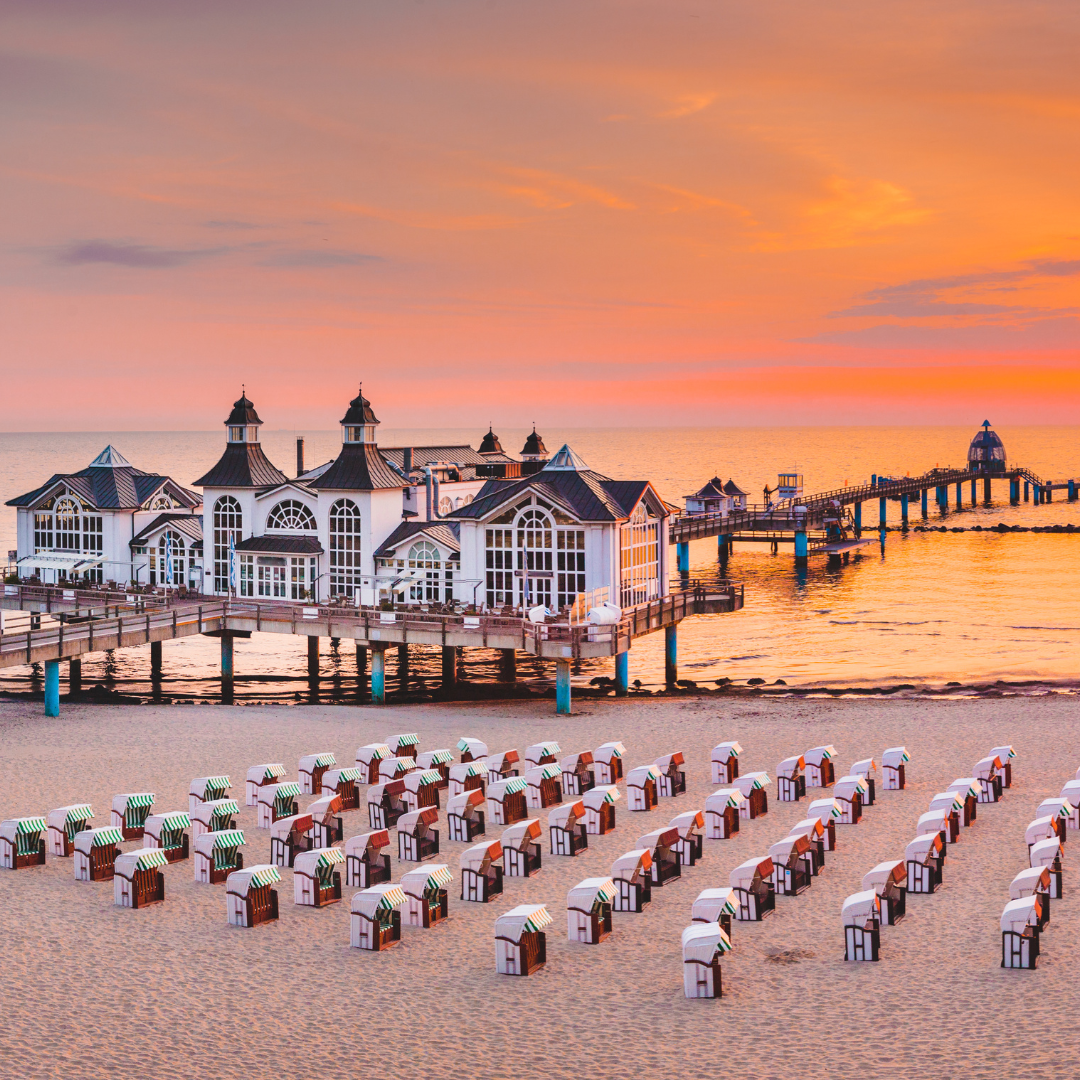Sailing on the Baltic Sea: Discovering Germany’s Northern Maritime Heritage and Seaside Resorts

The Baltic Sea, with its shimmering expanse and brisk winds, has long been a hub of maritime activity and cultural exchange. For Germany, the Baltic coast has not only served as a gateway for trade and exploration but has also been a canvas upon which countless tales of courage, adventure, and romance have been painted. From iconic seaside resorts to timeless fishing villages, this stretch of coastline beckons with tales of yesteryears and promises of tomorrow. As we set sail on these waters, let’s delve deep into Germany’s maritime heritage and the treasures that lie along its Baltic coast.
The Baltic Coast: A Brief Overview of Germany’s Maritime History
Germany’s stretch of the Baltic coastline, spanning over 2,000 kilometers, has been witness to a rich tapestry of maritime history. The Hanseatic League, a confederation of merchant guilds and market towns, once dominated trade in the region, leaving behind architectural marvels and cultural imprints. Towns like Lübeck, Rostock, and Stralsund thrived, becoming epicenters of commerce, art, and innovation. The ebb and flow of empires, wars, and alliances have shaped the coastline, with each era leaving its distinctive mark, be it through shipbuilding traditions, trading routes, or the spread of cultural ideas.
Iconic Seaside Resorts: From Kühlungsborn to Binz
As the industrial revolution took hold and urban centers burgeoned, the allure of the Baltic seaside grew. Kühlungsborn, with its expansive beaches and lush forests, became a haven for the elite. The resort town of Binz on the island of Rügen, with its elegant white villas, epitomized the romantic era’s charm. These resorts, often characterized by their spa architecture (“Bäderarchitektur”), provided urban dwellers an escape, a place where the therapeutic air of the Baltic could rejuvenate both body and spirit. Today, these resorts remain a testament to a time of elegance and leisure, inviting visitors to relive moments of timeless luxury.
Traditional Fishing Villages: Timeless Charm and Culinary Delights
Nestled between the grandeur of seaside resorts are traditional fishing villages that offer a glimpse into a simpler, yet profound, maritime life. Places like Ahrenshoop and Hiddensee have retained their authentic charm, where the rhythm of life is dictated by the tides and seasons. Cobblestone streets, thatched-roof cottages, and old harbors paint a picturesque scene. But it’s the culinary delights – fresh herring, smoked mackerel, and pickled fish – that truly define the essence of these villages. Paired with stories of old fishermen and their sea exploits, the experience becomes a sensory delight.
Lighthouses and Legends: Navigational Beacons and Their Stories
Germany’s Baltic coast is dotted with majestic lighthouses, each telling tales of storms weathered and ships guided. From the Darß lighthouse on the Fischland-Darß-Zingst peninsula to the iconic Cape Arkona on Rügen, these beacons have stood sentinel, ensuring safe passage for mariners. But beyond their navigational roles, lighthouses hold legends – tales of ghostly keepers, forbidden romances, and unsolved mysteries. As rays from these lighthouses pierce the Baltic mist, they illuminate stories that bridge the divide between reality and myth.
Maritime Festivals: Celebrating the Baltic’s Nautical Culture
The Baltic’s rich maritime heritage is celebrated with fervor and joy through various festivals. Hanse Sail in Rostock sees a gathering of traditional sailing ships, turning the port into a spectacle of masts, sails, and sea shanties. Kiel Week, although more associated with the North Sea, showcases international maritime flair, combining competitive sailing with cultural celebrations. Through music, dance, food, and ship parades, these festivals breathe life into age-old traditions, ensuring they’re passed on to the next generation.
Exploring the Islands: Rügen, Usedom, and Beyond
The islands of the Baltic offer a unique blend of natural beauty and cultural heritage. Rügen, with its chalk cliffs and historic steam railway, promises romance and adventure. Usedom boasts miles of sandy beaches, spas, and the nostalgic charm of its sea bridges. Beyond the well-trodden paths lie lesser-known gems like Hiddensee, car-free and tranquil. Each island, with its distinctive character, invites exploration, promising memories of golden sunsets, windswept dunes, and the eternal dance of waves.
Modern Sailing: Marinas, Facilities, and Environmental Initiatives
The tradition of sailing thrives on the Baltic, but with a modern touch. Marinas like those in Flensburg, Heiligenhafen, and Greifswald offer state-of-the-art facilities, catering to both traditional sailors and luxury yachters. Emphasis on sustainability has grown, with initiatives promoting clean boating and marine conservation. As we sail on the Baltic today, it’s not just about embracing the sea’s timeless charm but also ensuring its preservation for future generations.
As our journey along Germany’s Baltic coast comes to an end, we are left with a tapestry of memories – of historic ports, golden beaches, culinary delights, and tales whispered by the winds. The Baltic, with its rich maritime heritage and modern sensibilities, remains a testament to Germany’s enduring bond with the sea. So, the next time you feel the call of the waves, remember the treasures that await on this northern coast, where history and nature sail hand in hand.


